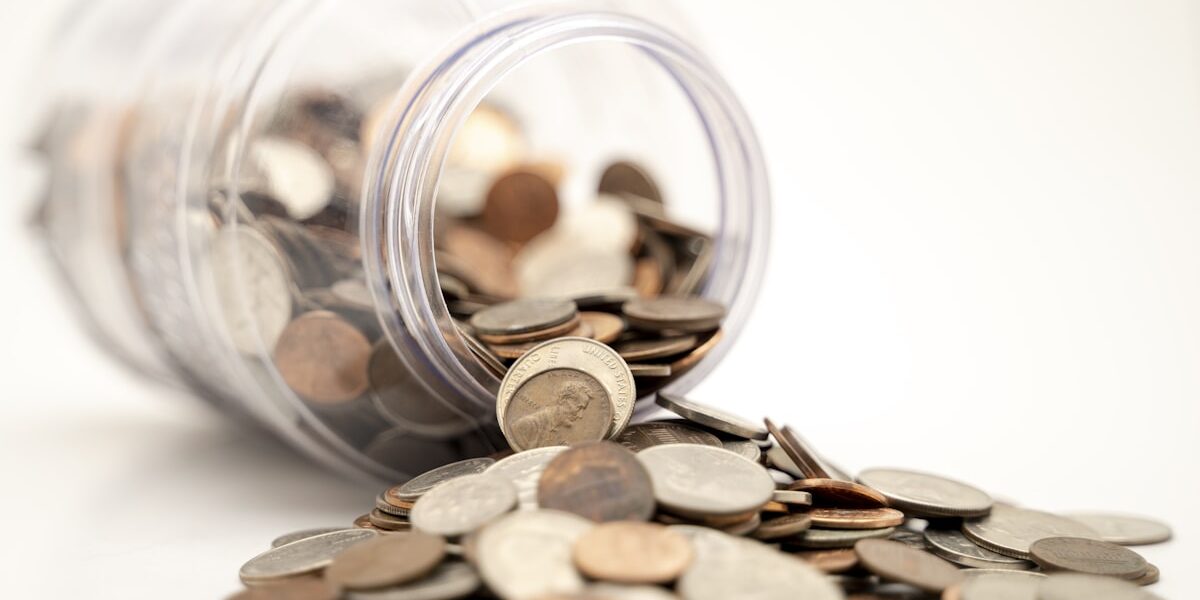Understanding the Value of a 1919 Quarter
The United States Mint introduced the Standing Liberty quarter in 1916. By 1919, this coin had already seen several modifications. The 1919 quarter remains a popular piece for collectors due to its historical significance and intricate design.
The Standing Liberty Quarter Design
The obverse of the Standing Liberty quarter features a full-length figure of Liberty holding a shield and an olive branch. The design symbolizes peace and preparedness. Hermon Atkins MacNeil, the designer, wanted to embody American values. Unlike previous quarters, this one had high-relief elements that initially caused wear issues.
Mintage and Production
The Philadelphia Mint produced the majority of the 1919 quarters. Additional production took place in Denver and San Francisco. In total, the mintage numbers were:
- Philadelphia: 11,324,000
- Denver: 1,944,000
- San Francisco: 1,836,000
Each mint produced coins with subtle differences. Collectors often seek coins from all three locations. Denver and San Francisco coins typically carry a higher premium due to lower production numbers.
Factors Influencing Value
The condition of a coin significantly influences its value. Coins are graded on a scale from Poor (P-1) to Mint State (MS-70). A well-preserved 1919 quarter in higher grades fetches more money. Key details such as Liberty’s facial features and the date impact the grade and consequently the value.
Another factor is the presence of the Type 1 or Type 2 design. Type 1 featured a bare-breasted Liberty, while Type 2 had a chain mail covering. The majority of 1919 quarters are Type 2, which impacts their scarcity and desirability.
Market Value Trends
Over the years, the market value for a 1919 quarter has fluctuated. Coins in ‘Good’ condition may trade at modest premiums over face value. Those in ‘Very Fine’ or ‘Extremely Fine’ condition can reach higher prices. Mint state coins, especially from Denver or San Francisco, command significant premiums. Collectors value these coins for their historical context and design.
Significance for Collectors
Collectors often value the historical backdrop of a 1919 quarter. This period marked America’s post-World War I era, filled with economic change and cultural shifts. The coins represent the resilience and preparedness expressed during their time of issue. For numismatists, each variation in mint and condition tells a different story.
Key Points of Interest
- The absence of stars below the eagle on the reverse side signifies a Type 2 coin.
- Erosion of dates on these coins is common due to high relief, making complete dates rarer.
The prominence of the 1919 quarter in collections continues to grow. It serves as a superb case study in early 20th-century American coinage. Coins in exceptionally good condition allow for an appreciation of the original artistry and craftsmanship.
“`
Recommended Collecting Supplies
Coin Collection Book Holder Album – $9.99
312 pockets for coins of all sizes.
20x Magnifier Jewelry Loupe – $13.99
Essential tool for examining coins and stamps.
As an Amazon Associate, we earn from qualifying purchases.



